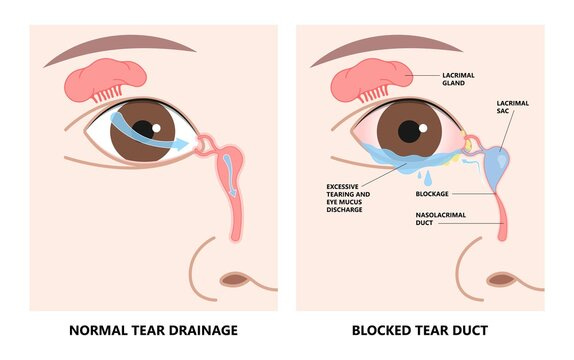Meet Jaya, a 65-year-old woman with a flair for gardening and an eye for fashion. She came into the clinic looking as put together as ever, but complaining of an irritating pain and swelling around her right eye. Jaya said she woke up two days ago with increasing soreness, redness, and puffiness on the inner corner of her eye that had progressively gotten worse. She swore she didn't bump it or do any damage while tending to her prized azaleas.
Upon examination, the physician noticed Jaya had marked tenderness, edema, and erythema of the medial canthus of her right eye. When gently pressing on the area, some yucky yellowish discharge oozed out from the punctum. The rest of Jaya's eye exam was normal, with no vision changes and full ability to move her eyes in all directions. Jaya's symptoms and exam findings are consistent with acute dacryocystitis, an infection of the lacrimal sac likely caused by a blockage of her nasolacrimal duct.
This pesky condition often results from narrowing or obstruction of the tear drainage system, leading to stasis of tears in the lacrimal sac and subsequent bacterial invasion, typically by Staphylococcus aureus. As pressure builds in the lacrimal sac, the inner corner of the eye becomes inflamed, swollen, and tender. Pus even refluxes through the punctum when compressed, as seen in Jaya's case. If not treated properly, the infection can spread to surrounding tissues - not ideal!
Jaya was prescribed broad spectrum antibiotics to knock out any sneaky bacteria. Warm compresses were recommended to encourage drainage and reduce swelling. Her physician also referred Jaya to an ophthalmologist to address the root cause - the blocked nasolacrimal duct that needs to be opened to prevent this problem in the future. With prompt treatment, Jaya's acute dacryocystitis should quickly resolve without complications.
DISCLAIMER: All the characters discussed in this episode are fictional; patient names and life stories are written creatively, and any resemblance to real-life persons is strictly coincidental. No medical advice should be inferred from the case story; consult your physician for any health-related states.





